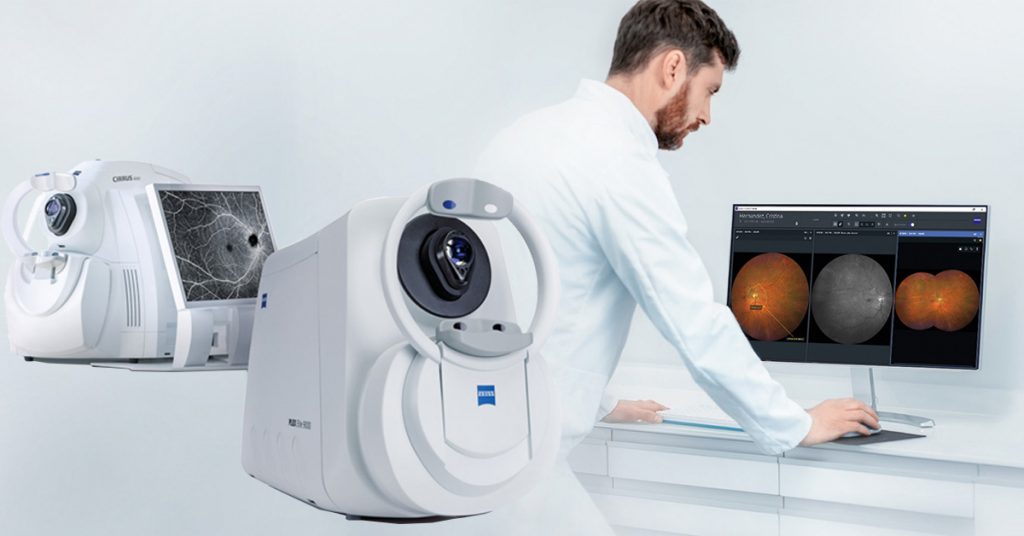We’re finding that Blepharitis is an increasingly common condition, which is why we’ve invested into creating our own treatment program for Blepharitis called eyeClean.
Blepharitis is commonly classified into two types:
Symptoms of blepharitis can include:

Treatment for blepharitis focuses on maintaining eyelid hygiene and controlling the condition, as it tends to be chronic. Steps may include:
Regular care and cleaning of the eyelid area play a crucial role in managing blepharitis, reducing symptoms, and preventing recurrences. If you suspect you have blepharitis, it’s important to consult with an eye care professional for an accurate diagnosis and appropriate treatment plan
As you can see, there is a lot of work to be done in managing this condition at home. We can actually do the bulk of this in practice now with our eyeClean treatment. Speak to one of our team members to learn more.




Personalised Care for a Clearer, Brighter World.